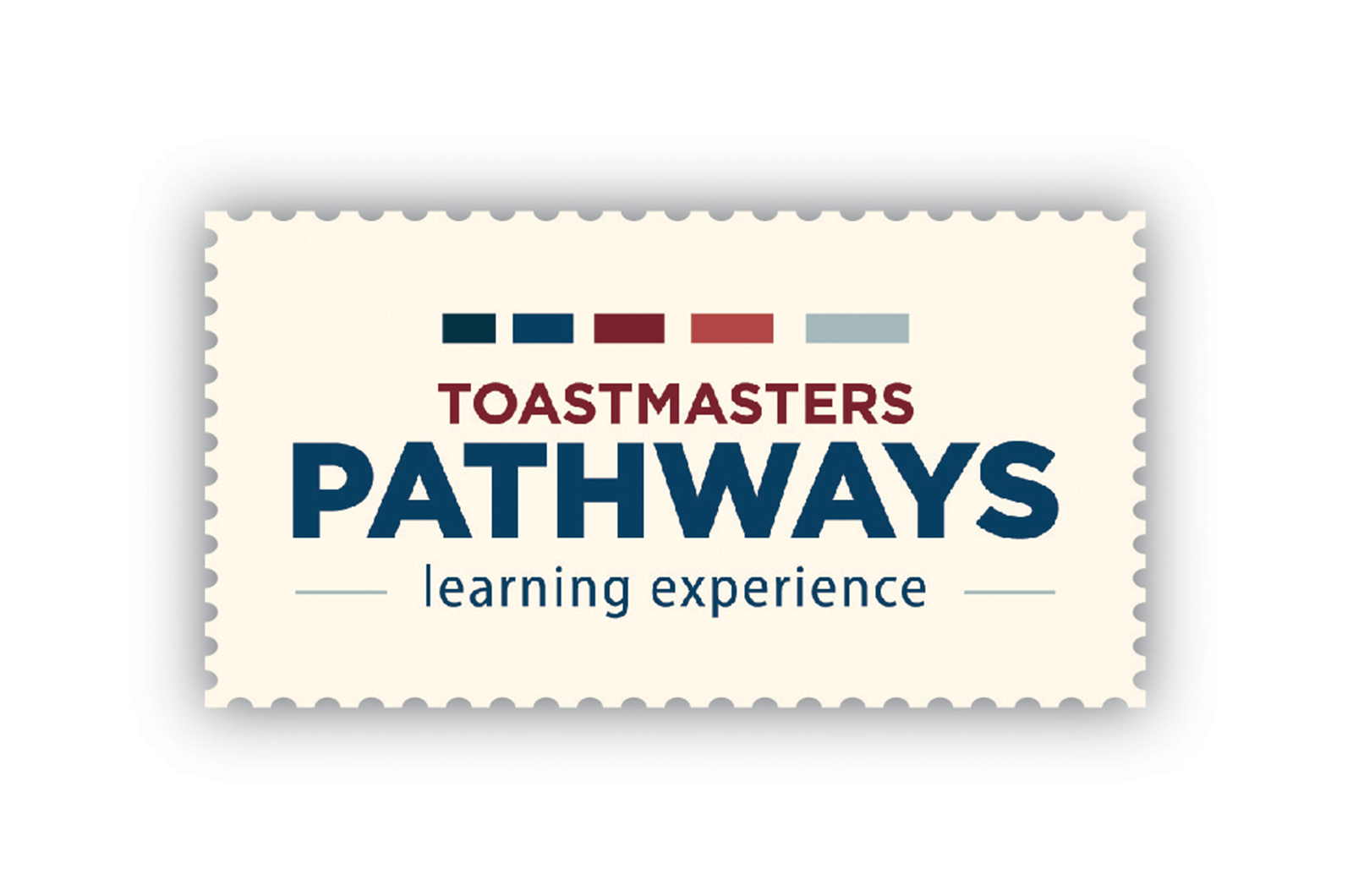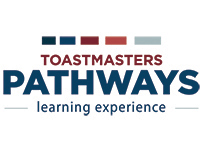
Education has always anchored the Toastmasters experience, ever since founder Ralph Smedley started his quest to help people speak up with confidence and skill. Over the past nearly 100 years, Toastmasters’ educational programs and materials have evolved and expanded, leading to its latest, most comprehensive program: the Pathways learning experience.
So it’s worth asking: When it comes to education and self-improvement, what is the best way to learn?
Instructional designers, the people who create educational programs, spend a lot of time studying that question. What they have found, say experts in the field, is that adults do best when they are in control of their learning. They thrive when they can tailor their education to their own needs and goals and can successfully apply their newfound knowledge beyond the classroom or club meeting.
Those ideas form the foundation of Pathways. The team that developed Toastmasters’ new education program drew on the most progressive concepts in instructional design. And members are benefiting from the results.
“My favorite part of the program has been the huge range of new, real-world, relevant projects available, which I’ve been able to integrate into my life and goals outside Toastmasters,” says Mark Snow, DTM, a member of three clubs in Queensland, Australia. Several projects, he adds, helped him a great deal in his career as a government financial analyst.
Julie Kertesz, DTM, of London, England, has been working in Pathways since it launched in 2017, and she praises its expansive offerings and customized nature. As she progressed in the program, she created storytelling events, blogged regularly and explored photography as a motivational strategy. Kertesz is 84 years old.
“In designing the learning experience, the Pathways development team used the most current research in adult learning.”
“I am completely energized by Pathways and the people I have met through or because of it,” she says.
Paths and Projects
The Pathways learning experience is available to all members. The online program features 11 specialized learning paths, including Presentation Mastery, Dynamic Leadership, Visionary Communication and Engaging Humor. (Read about the new humor path here.) Although purchasing paths in print is an option, most members choose to work in Pathways online, gaining access to videos, interactive content and other tools and resources.
In designing the learning experience, the Pathways development team used the most current research in adult learning, says Sue Stanley, Toastmasters International’s senior instructional designer. Specifically, the program reflects the following key principles:
- To learn best, adults want to know why they need to learn something. What is the value to them?
- Internal motivation is the driving force to learn. Adult education needs to be self-directed.
- Hands-on, experiential learning is key, as is a focus on critical thinking.
- Adults want to apply what they learn—to do something tangible with their knowledge.
Pathways, which contains a mix of required and elective projects, offers a personalized style of learning. Participants can tailor their experience to their own goals. And working online offers flexibility: You can work on projects whenever and wherever you want.
Snow appreciates the modular structure and wide range of elective projects. “The program reminds me a lot of my university degrees and the multitude of subject options I was able to select from back then, depending on my learning and career goals,” he says. “I see that same flexibility in Pathways.”
Wherever possible, concrete experiences are built into the program to emphasize the learn-by-doing approach that has been fundamental to Toastmasters’ education programs over the years, says Stanley. For example, for the project “Managing a Difficult Audience” (in the Presentation Mastery path), members behave like difficult audience members so the person doing the project can practice handling that situation.
All new members work in Pathways as their education program. For all other members, however, there is a transition period during which they can work in either Pathways or Toastmasters’ traditional education program, or both. The transition period ends June 30, 2020.
Applying What You Learn
In each path, members advance through five levels, each one building on the skills learned in the previous path. In Level 4 and Level 5 projects, they apply new skills in tangible ways. For example, a project on event planning culminates with planning a real event.
The relevance of the projects has resonated powerfully with Snow, a Toastmaster since 2014. A project he completed on networking skills inspired him to attend a Professional Speakers Australia meeting, where “I made some really useful connections for my future professional speaking career,” Snow says. The project “Prepare to Speak Professionally” (available in all paths) provided Snow with the motivational boost he needed to write and deliver his first professional keynote on leadership development.
“I am completely energized by Pathways and the people I have met through or because of it.”
— Julie Kertesz, DTMThe Australian is so enthusiastic about Pathways that he became the first member to achieve a DTM in the program (that’s in addition to the DTM awards he earned in the traditional program). The requirements to earn the Pathways DTM include completing two learning paths, serving in various leadership roles, and completing the Distinguished Toastmaster project in which you demonstrate the skills and expertise you have gained in the program.
Challenges and Growth
Another important aspect of Pathways is its robust and challenging nature. Advancing through the five levels of a path, and achieving educational awards and goals along the way, is an exciting journey but also requires pushing yourself, say developers of the program. You can learn up to 300 unique competencies in Pathways.
A member of online and in-person clubs, Kertesz—who has a Ph.D. in chemistry—likes the rigor of the program. Like Snow, she has earned a DTM in Pathways. She says she has grown in many ways working in Pathways, noting, for example, how a project on negotiation skills helped her resolve a disagreement about a club issue with the vice president education. “Each project brings its own joy and learning,” she says, “and some came ‘home’ in my private life and helped me to look at the positive side of something I was just very upset about.”
Another aspect of Pathways is that speech evaluations are designed to be customized and more beneficial than was often the case in the traditional program. The expansive evaluation guidelines lead to specific and detailed feedback, and the standardized criteria help increase the consistency of evaluations for all members.
Snow and Kertesz say the instructional-design principles rooted in Pathways have produced an innovative and engaging learning experience. What stands out to Snow is “the enhanced focus on experiential learning and self-reflection.”
The new program, adds Kertesz, “gives us a wonderful occasion to grow.”
For more information, visit the Pathways webpage, which includes short videos that chronicle the history of the program, from its beginning to where we are today.
Paul Sterman is senior editor, executive and editorial content, for Toastmasters International. Reach him at psterman@toastmasters.org.



 Previous
Previous
 An Improved Navigation System
An Improved Navigation System
 Previous Article
Previous Article


